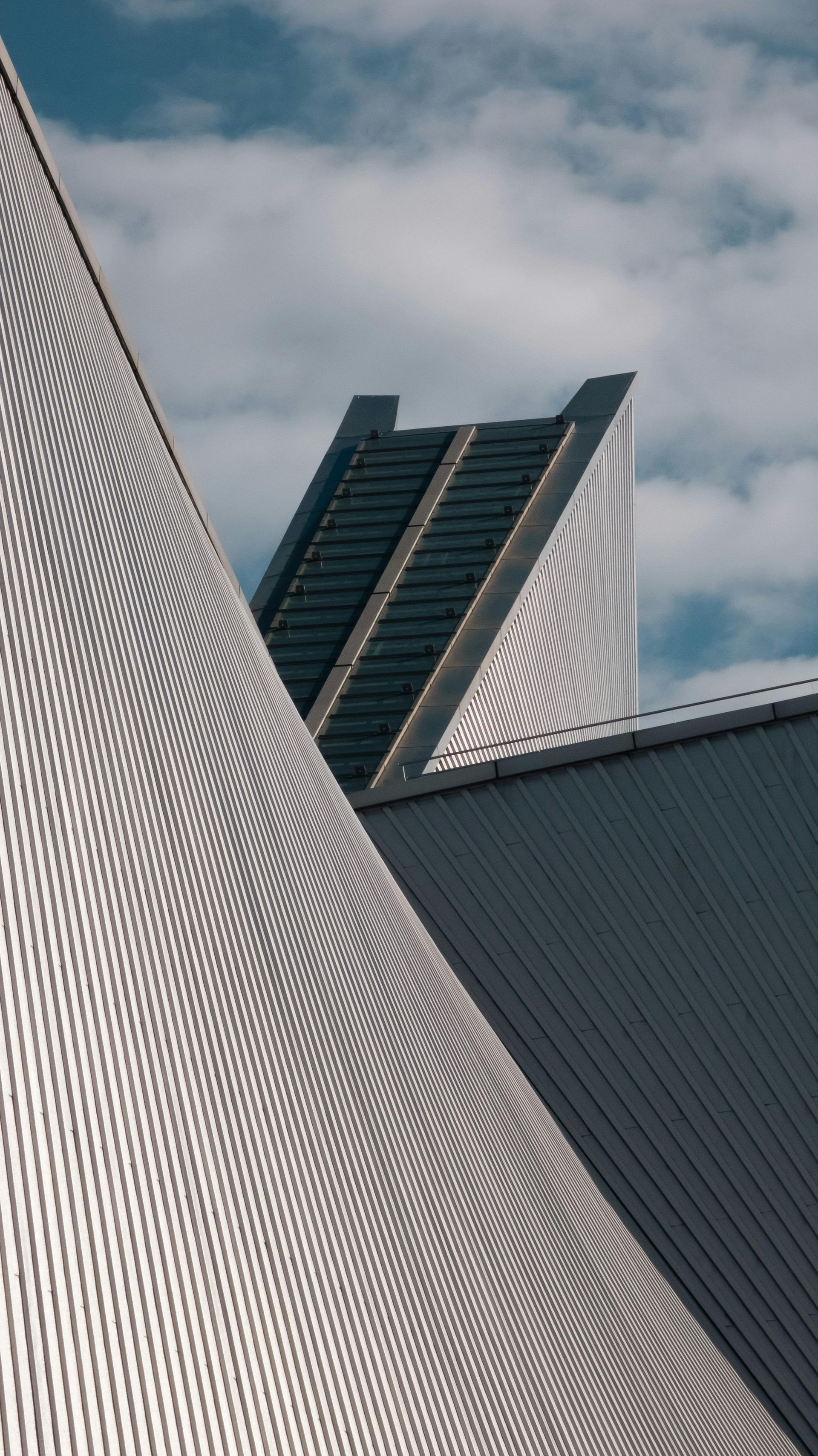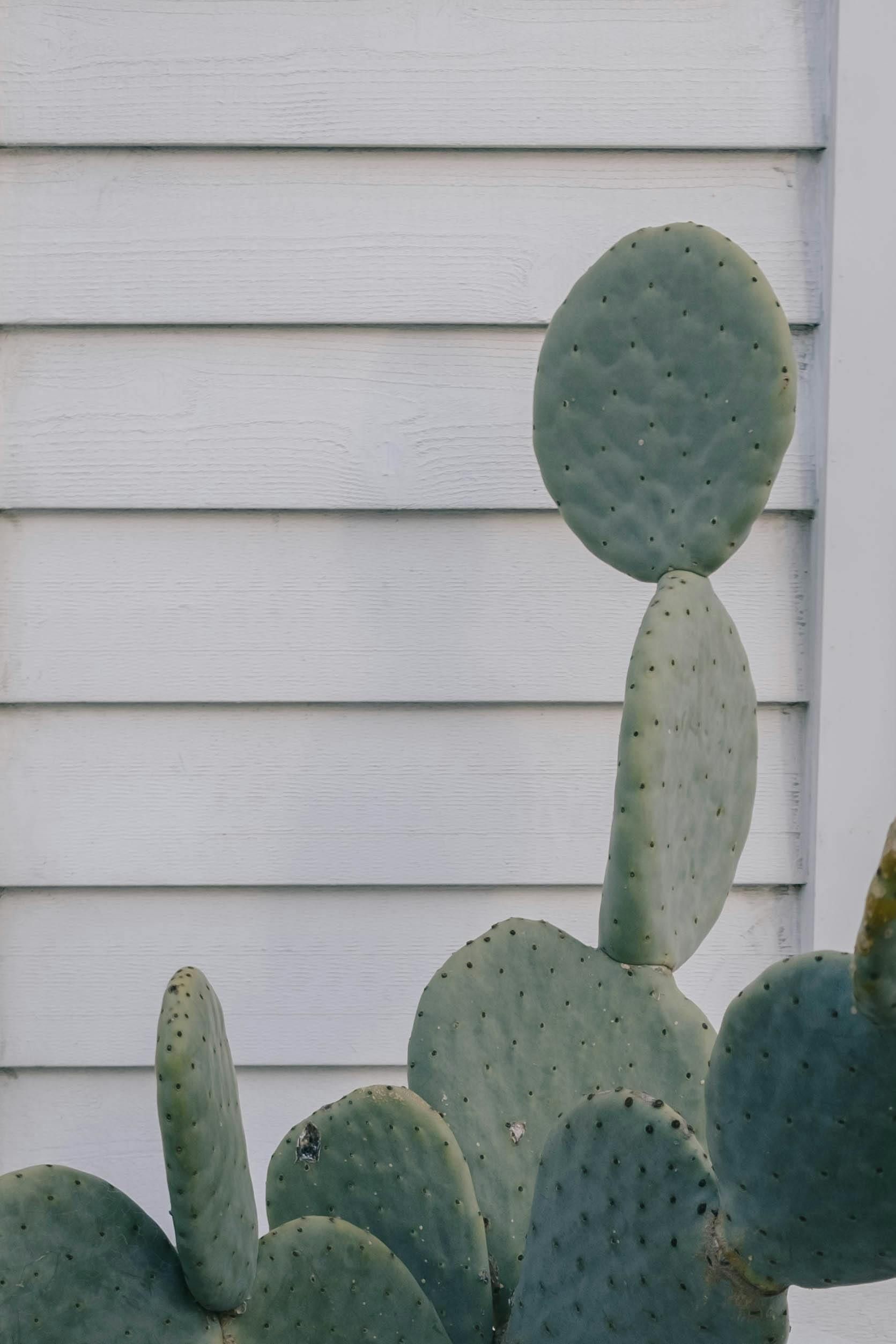How Proper Drainage Prevents Foundation Damage in Construction
Your home’s foundation is, quite literally, the base that holds everything together. It supports the entire structure and ensures stability and safety for years to come. But one of the biggest threats to that foundation isn’t always visible. It’s not termites or earthquakes or time. It’s poor drainage around your home. Improper drainage can lead to significant foundation issues. Over time, excess water can saturate the soil, causing it to shift, expand, or erode. These shifts can crack foundations, lead to structural instability, and cause thousands of dollars in repairs. Thankfully, the solution is often simple: Learn more about us and how we approach proper drainage planning and maintenance.
Key Takeaways
- Excess moisture around your foundation leads to soil movement, which can result in cracks and structural issues.
- Proper drainage systems, such as gutters, downspouts, and grading, are essential in directing water away from your home.
- Clay-rich soils are especially vulnerable to expansion and contraction with moisture changes, increasing foundation risks.
- Early warning signs like cracks, uneven floors, or sticking doors may point to foundation trouble caused by water.
- Routine inspections and maintenance of your drainage system can prevent costly damage over time.
- Professional help may be necessary for severe water issues or to install long-term drainage solutions.
Understanding the Relationship Between Water and Your Foundation
Rainwater and surface runoff are usually the primary culprits. When these waters accumulate near your home, especially if the ground is not sloped correctly or if water drainage systems are inadequate, the soil becomes saturated. If the soil is clay-rich, it swells significantly when wet and then contracts when dry. This constant cycle of expansion and contraction can put a tremendous amount of pressure on your foundation walls and footings, eventually leading to cracks, warping, and movement — issues similar to those that can cause siding to warp or crack.
Alternatively, if water erodes the soil underneath your foundation, it can create hollow spaces or "voids." Without consistent support, sections of your foundation can begin to sink or settle unevenly. This differential settlement can crack foundation walls, distort flooring, damage interior walls, and even misalign doors and windows. In both cases — whether it’s swelling clay or eroded soil — the root cause is often improper drainage. Without systems in place to carry water away from your home’s perimeter, foundation damage becomes a matter of when, not if.
Common Causes of Drainage Problems
Homeowners don’t always realize their property has a drainage problem until visible damage has occurred. That’s because the symptoms of poor drainage often begin underground or show up slowly over time. Understanding the most common causes can help you take action early and protect your home.
Improper Grading
Grading refers to the slope or angle of the ground around your home. Ideally, the ground should slope away from the house so that water flows outward and doesn’t pool near the foundation. If your property is graded incorrectly — either completely flat or sloping toward the house — it can funnel rainwater right where you don’t want it. This problem is especially common after home renovations or landscaping projects that alter the ground’s surface without proper drainage planning.
Clogged or Broken Gutters
Gutters and downspouts are your home’s first line of defense against roof runoff. When they’re clogged with leaves, debris, or sediment, water spills over the edge and lands right at your foundation’s base. Over time, this can lead to water infiltration, mold growth, and structural weakening. Consider installing leaf filter gutter protection systems to keep your gutters clean and flowing freely.
Short or Misplaced Downspouts
Your downspouts might be doing their job in theory — but if they discharge water just a foot or two away from your home, the result is almost as bad as having none at all. Ideally, downspouts should direct water at least five feet away from your foundation or into an underground pipe system that safely transports it even further.
Lack of Drainage Systems
Not all drainage problems come from rainfall. In some regions, high water tables, snowmelt, or poor soil absorption can create chronic moisture issues. Homes without any form of secondary drainage — like French drains, dry wells, or swales — are more likely to experience persistent water accumulation. These systems are especially important in areas with heavy rainfall or sloped properties.
Landscaping Choices
The way your yard is landscaped can either support or sabotage good drainage. Planting flower beds or laying mulch too close to your foundation can trap water. Tree roots can disrupt soil stability and crack foundation walls, while large shrubs may block water flow. Even decorative features like retaining walls or patios can interfere with natural drainage patterns if not installed properly.
Signs of Foundation Damage Caused by Poor Drainage
Foundation damage is often subtle in the early stages. By the time cracks and gaps appear, the soil underneath your home may have been shifting for months — or even years. Learning to spot early warning signs can help you act before the damage becomes severe.
Cracks in Walls, Floors, or Ceiling
One of the most obvious signs of foundation movement is cracking. These may appear in drywall, basement floors, tile, or exterior brick. Larger or widening cracks, especially in a stair-step pattern, should be taken seriously.
Gaps Between Walls and Ceilings or Floors
As your home’s structure begins to warp, you may notice separation between surfaces that were once flush — such as gaps where walls meet the ceiling or baseboards.
Doors and Windows That Stick
If doors or windows begin to stick, jam, or refuse to latch properly, your home’s frame may be shifting. You may also see cracks radiating from the corners of windows or door frames.
Uneven or Sloping Floors
Floors that feel slanted or visibly slope suggest foundation instability, often caused by erosion or expanding soils beneath the home.
Water Pooling Near Your Foundation After Rain
Walk around your home after a rainstorm. If you see puddles that don’t drain within a day or two, your home may need drainage improvements or even emergency roof repair to prevent excess runoff.
Mold or Mildew in Crawl Spaces or Basements
Mold is a sure sign of excess moisture and poor ventilation. It not only signals drainage problems but also poses health risks.
Soil Pulling Away From the Foundation Walls
During dry spells, shrinking soil may leave visible gaps along your foundation. This expansion-contraction cycle stresses your foundation over time.
How Proper Drainage Systems Prevent Foundation Damage
Effective drainage isn’t just about managing water — it’s about redirecting it before it can do any harm. There are several practical systems and strategies that, when used together, provide strong protection for your home’s foundation.
Gutters and Downspouts
Gutters catch rainwater from your roof and direct it to downspouts, which carry it safely away. Use splash blocks or downspout extensions that lead water several feet from the foundation, or even underground drainage systems.
Proper Grading
Regarding your yard may require expert help, but it’s often one of the most effective fixes. Aim for a consistent 5% slope away from your house to allow gravity to help move water.
French Drains
A French drain — a gravel-filled trench containing a perforated pipe — redirects surface and subsurface water away from your home. It’s an excellent choice for homes on slopes or with poorly draining soil.
Swales
Swales are shallow ditches that follow the natural contour of your land. They’re affordable and can be integrated into landscaping to direct water to safe discharge points.
Sump Pumps
For homes with basements or crawl spaces, a sump pump is vital. It actively removes excess groundwater and prevents flooding. Routine maintenance and battery backups ensure reliability.
Dry Wells and Drainage Pits
Dry wells are large underground containers that collect and slowly release water into the soil. They are particularly useful in areas prone to flash flooding or heavy rain.
Drainage and Soil Type
Not all soil behaves the same. The type of soil on your property significantly impacts the effectiveness of your drainage system.
Clay Soils
These soils hold water and swell dramatically when saturated. The constant movement causes foundation shifting. Proper grading, French drains, and surface water management are especially important for homes built on clay.
Sandy Soils
These soils drain well but are prone to erosion. Use ground cover, mulch, or retaining features to hold soil in place during heavy rains.
Loam Soils
Loam is the ideal soil — a balanced mix that retains moisture without causing instability. Homes on loam still benefit from grading and standard drainage systems to prevent runoff issues.
If you're unsure of your soil type or want to prepare your property for a larger upgrade, a consultation with property experts is a smart move. You might even consider a broader improvement, such as kitchen remodeling in Townsend, DE, to enhance both function and value while addressing foundational needs.
Frequently Asked Questions
How do I know if my drainage is damaging my foundation?
Look for pooling water after rain, cracks in your foundation or walls, or doors that suddenly start sticking. These are often signs of shifting due to poor drainage.
Is foundation damage from water always visible?
Not always. Some early signs are subtle. You might notice slight floor tilting or tiny cracks at first. A professional inspection can catch issues before they escalate.
Can I fix poor drainage myself?
Yes, minor issues like extending downspouts or regrading small areas can often be DIY projects. However, for larger problems or structural concerns, it’s best to consult a contractor or drainage specialist.
How much does it cost to fix drainage problems?
Costs vary widely. Simple fixes like gutter replacement might cost a few hundred dollars, while installing French drains or repairing foundation damage can range from $2,000 to $10,000 or more.
Do all homes need a drainage system?
Yes. Even if your area doesn’t get much rainfall, sudden storms or melting snow can overwhelm soil quickly. Every home should have a way to channel water safely away from the foundation.
Final Thoughts
Your foundation is one of the most important parts of your home — and one of the most expensive to repair. The good news is that preventing damage is well within reach for most homeowners. By understanding how water interacts with your property and taking proactive steps to improve drainage, you can protect your foundation and avoid costly repairs.
Start by inspecting your gutters and downspouts, walk around your property after rain to identify pooling, and ensure the ground slopes away from your home. If you spot potential issues, act early. Whether you opt for DIY fixes or bring in professionals, your efforts will help keep your home safe and stable for years to come. If you need expert help, don’t hesitate to
contact Diamond State Property Preservation for trusted advice and service.




